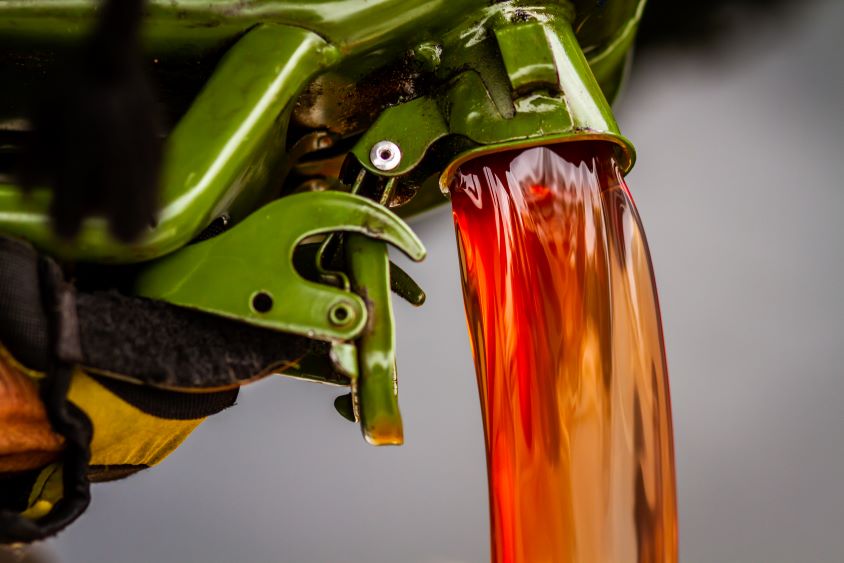As of April 2022, new restrictions on red diesel will be introduced. Previously, many sectors have been able to enjoy the use of this rebated fuel for various uses. However, new government measures will mean fewer sectors will be permitted to use the fuel.
What is red diesel?
Red diesel is the same as regular diesel except for two major differences.
Firstly, it is taxed at a much lower rate than regular fuel. It tends to be around 50p cheaper per litre compared to regular diesel. However, it is not supposed to be used to fuel regular road vehicles. Instead, the fuel is mainly used for three things:
- Fuelling off-road machinery such as tractors or forklifts.
- As fuel for heating in buildings.
- As fuel for generators.
In fact, it is illegal to use red diesel to fuel your road vehicles – doing so is considered to be tax evasion. If you are caught driving on the road with this fuel in your tank, there can be serious consequences for the driver.
That brings us to the second major difference from regular diesel – the liquid is dyed red, hence the name. If police suspect that you are using the fuel, they can use a dipstick to check your tank. If it comes out red, they’ll know you have been using the rebated fuel.
Who will be permitted to use red diesel in 2022?
When the act was announced in 2020, it was stated that the only exception to the ban was in industries such as agriculture and rail travel.
However, further exemptions have since been added. As of April 2022, the following uses for red diesel will be permitted.
- Fuelling vehicles and machinery used in agriculture, horticulture, fish farming and forestry.
- Powering passenger, freight and maintenance rail vehicles.
- To heat and power non-commercial buildings such as homes, places of worship, hospitals or town halls.
- Powering off-grid generators.
- To power amateur sports clubs and golf courses.
- Powering machinery used in travelling fairs and circuses, including caravans.
- To fuel marine craft operating in the UK.
What are the implications of this change for your business?
If your business has been using red diesel for a purpose not listed above, you will not be permitted to continue using it after April 2022.
There is also no grace period to finish your old stock. If you have any red diesel left over after April 2022, you will not be permitted to continue using it unless you are in a sector that is unaffected by the ban.
Instead, any of your vehicles that require diesel fuel will need to be filled up with the standard white diesel, or an alternative such as Shell GTL or HVO.
To continue enjoying discounted fuel, ensure that your drivers are equipped with a fuel card that is right for your business.
A number of cards in our extensive range of branded fuel cards offer savings on diesel. Don’t let the new restrictions on red diesel catch your business out; prepare yourselves with a fuel card to keep your fuel costs as low as possible.
Why have these changes been made?
According to the government website, the objective of this policy is to steer businesses away from fossil fuels in order to reduce emissions.
Red diesel is currently responsible for 14 million tonnes of CO2 emissions every year. It is hoped that, by limiting its use, the UK will have a higher chance of reaching its 2050 target of being net zero.
Additionally, the government hopes that the restrictions will prompt businesses to make the transition to electric vehicles.
More tax will be paid by businesses sticking to diesel, as they will have to switch to regular diesel which is taxed at around 58p per litre. This money will be reinvested by the government into green initiatives. This likely includes extra charging infrastructure as well as grants for purchasing low emissions vehicles.
Is your business ready for the restrictions?
For those businesses no longer permitted to use red diesel, it is important to consider how costs will be kept low.
With the right fuel card, your fleet could keep fuel costs low despite the upcoming changes. Making the switch to regular diesel doesn’t mean your fleet’s running costs have to break the bank.
Get in touch with the team at Fuel Card Services today, and we’ll see how we can help you prepare for the April 2022 reform.










